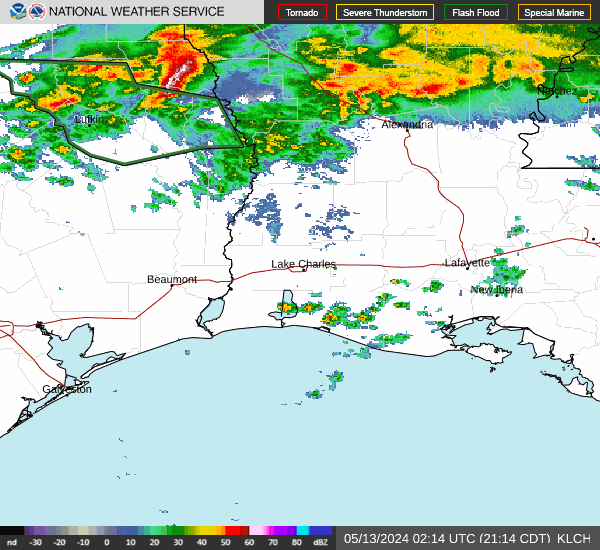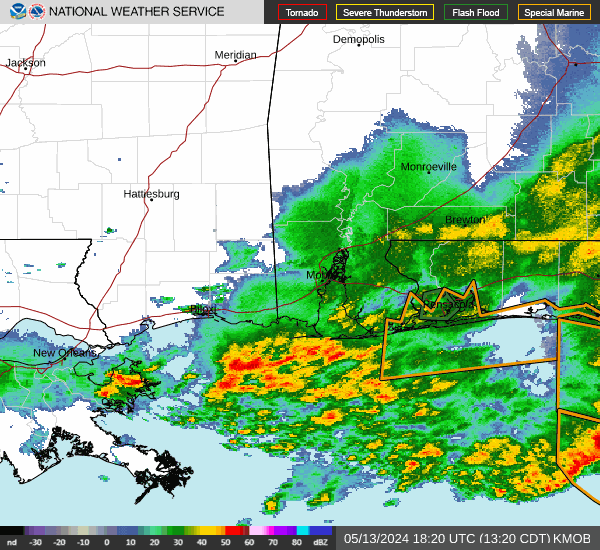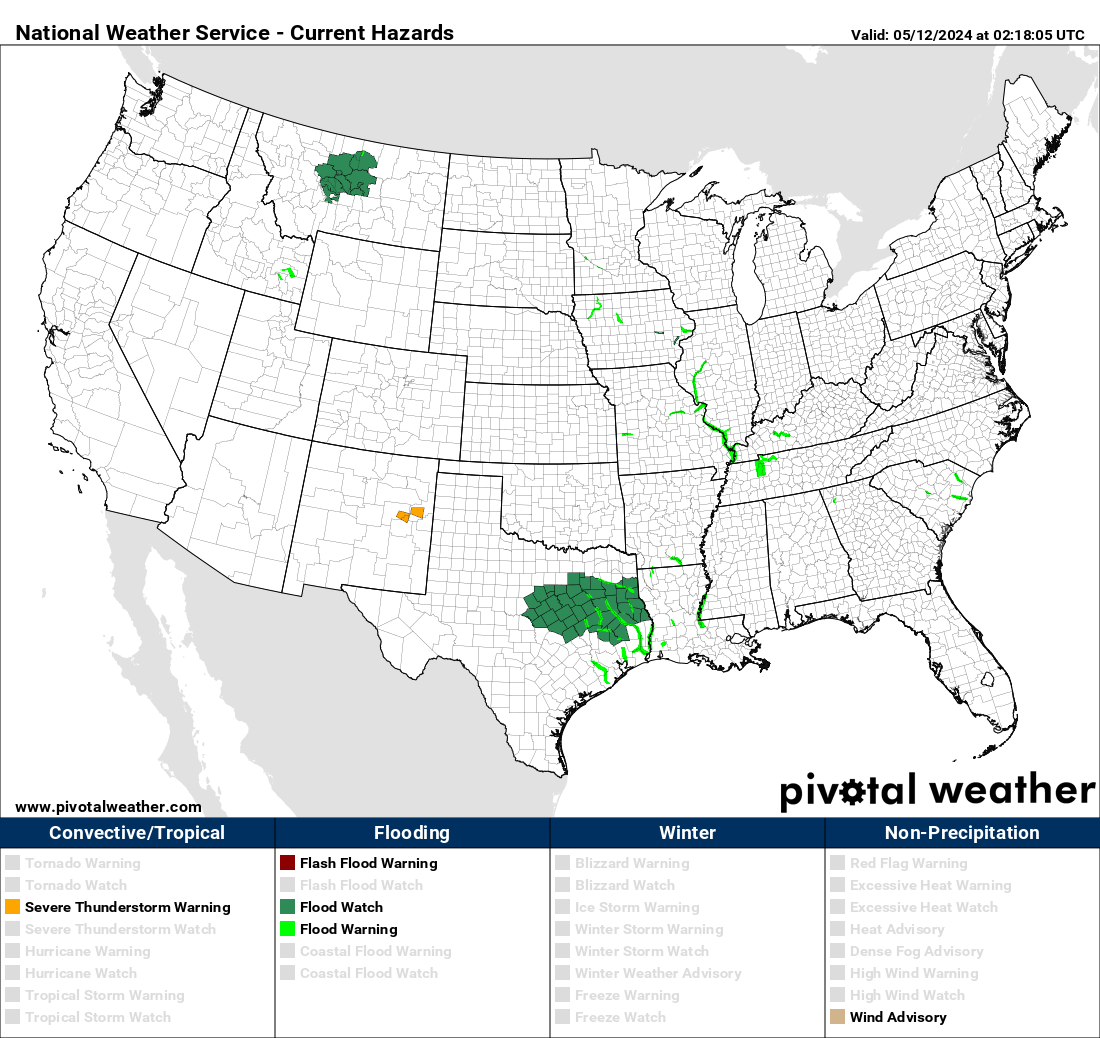Post by Briella - Houma on Jun 6, 2015 7:34:43 GMT -6
Alex Lamers from NWS Tallahassee has compiled two reference guides for estimating tornado intensity from radar for tropical and non-tropical tornadoes.

Remember, this is a reference guide with some rules of thumb so the numbers listed aren’t intended to be taken literally in every situation. For example, a 60 knot maximum rotational velocity with a tornadic supercell doesn’t guarantee a strong tornado, but it does indicate you are in a situation where a strong tornado would be more likely. As one of the tips points out, that would be especially true if the tornado was moving fast, in a very favorable environment for strong tornadoes, or the signature was sampled poorly. The “overlap” ranges listed on the chart in the bottom left corner do not encompass all cases of overlap. Therefore, the general principle is that as your rotational velocity and/or tornadic debris signature height increases, so too does the likelihood of a more intense tornado on average.
An extra note for the maximum tornadic debris signature heights: the strong tornado range tended to be a bit lower for QLCS tornadoes, with more overlap below 10,000 feet, than in supercellular cases.
Tropical Version:

Lately there has been a variety of good research coming out in meteorological journals and presentations related to real-time tornado intensity estimation based on certain radar signatures. Such guidance can be valuable when attempting to estimate potential impacts from an ongoing tornado. Obviously, that comes with a variety of caveats that must be understood if you want to use the research and guidance in an intelligent way that can add value. I will outline a few of those below.
Additionally, the National Weather Service’s Warning Decision Training Branch (WDTB) provided training on tropical cyclone tornadoes in 2014. It was intended to provide guidance for forecasters who are warning for low-topped supercells in the bands of a tropical cyclone. I wanted to combine all this useful information into simple one page reference guides that could be used in an operational setting.
I made an initial version and posted it to social media, which allowed a few people to provide some good feedback. That feedback turned into a few tweaks, and the next iteration is now available. The reference guides seemed popular enough that I have posted them here for those that want to download.
Additionally, the National Weather Service’s Warning Decision Training Branch (WDTB) provided training on tropical cyclone tornadoes in 2014. It was intended to provide guidance for forecasters who are warning for low-topped supercells in the bands of a tropical cyclone. I wanted to combine all this useful information into simple one page reference guides that could be used in an operational setting.
I made an initial version and posted it to social media, which allowed a few people to provide some good feedback. That feedback turned into a few tweaks, and the next iteration is now available. The reference guides seemed popular enough that I have posted them here for those that want to download.

Remember, this is a reference guide with some rules of thumb so the numbers listed aren’t intended to be taken literally in every situation. For example, a 60 knot maximum rotational velocity with a tornadic supercell doesn’t guarantee a strong tornado, but it does indicate you are in a situation where a strong tornado would be more likely. As one of the tips points out, that would be especially true if the tornado was moving fast, in a very favorable environment for strong tornadoes, or the signature was sampled poorly. The “overlap” ranges listed on the chart in the bottom left corner do not encompass all cases of overlap. Therefore, the general principle is that as your rotational velocity and/or tornadic debris signature height increases, so too does the likelihood of a more intense tornado on average.
An extra note for the maximum tornadic debris signature heights: the strong tornado range tended to be a bit lower for QLCS tornadoes, with more overlap below 10,000 feet, than in supercellular cases.
Tropical Version:












